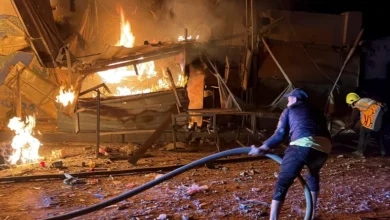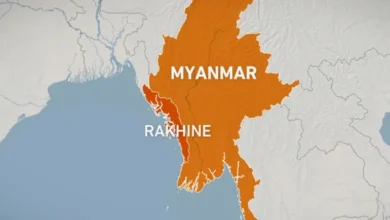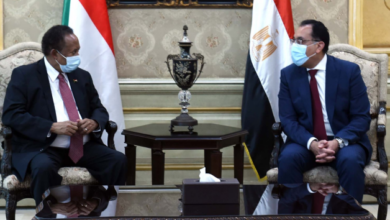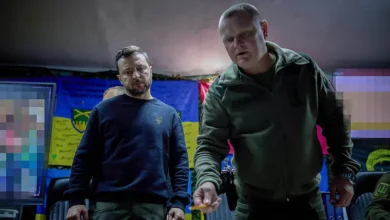Who is Dhruv Rathee? From Modi fan to Indian PM’s most formidable critic
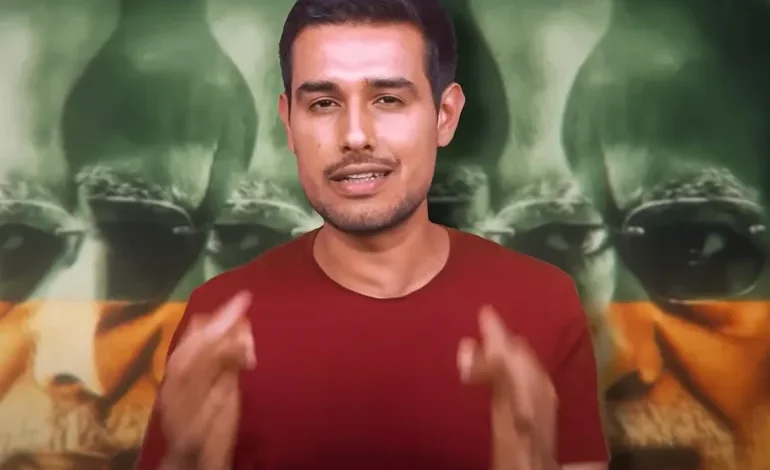
An ominous soundtrack serves as his backdrop as YouTuber Dhruv Rathee appears on the screen. His trademark collarless shirt – red on this occasion – and knowing half-smile are his only introduction before he launches straight into a troubling question: “Is India becoming a dictatorship?”
On the surface, the 29-year-old says, India appears to be a democracy: Citizens can choose from among a range of parties and decide whom to vote for. But the reality, he suggests, is more complex. He dives into allegations of corruption, misuse of supposedly independent institutions and subversion of democratic processes levelled by critics against Prime Minister Narendra Modi’s government.
It’s an intense 29-minute video, packed with Rathee’s monologue, slick animations and infographics, as he accuses the Modi government of systematically attacking the media and opposition. Issues like the year-long ethnic violence in the northeastern state of Manipur, where more than 200 people have been killed, have disappeared from the public discourse, Rathee says.
Like the music and animated caricatures he uses to drive home his arguments, the picture of India that Rathee paints is grim. It is a portrait far removed from the success story that Modi and his team insist they have turned the country into: A nation with growing global clout on the cusp of a $5 trillion economy.
As India’s giant national election, with 970 million eligible voters, winds towards its conclusion, with the final phase of voting scheduled for June 1, and results on June 4, nowhere has that clash of narratives played out more sharply than on social media. On WhatsApp, for instance, Modi’s Hindu majoritarian Bharatiya Janata Party (BJP) reportedly runs 5 million channels: 400 million Indians are on the platform.
But if WhatsApp is big in India, YouTube is even bigger: With 460 million users, the country is the video platform’s biggest market. In one corner are a slew of YouTube channels, many with millions of viewers, that purport to be bringing viewers news but that often peddle disinformation and Islamophobia. In the other are Modi critics like Rathee, who too are accused by their opponents of selectively parsing data and facts to criticise the prime minister, while whitewashing embarrassing details about opposition leaders and parties.
At a time when studies show that more Indians trust news they get on YouTube and WhatsApp than what they source from mainstream news channels, Rathee has emerged as a formidable digital force. Polls suggest that Modi’s popularity remains high. But they also reveal that inflation and joblessness, issues of the kind that Rathee hammers on about in his shows, worry Indians the most.
And the YouTuber’s messaging reaches far more Indians on the platform than any opposition party or leader’s campaign slogans. Consider the numbers: On YouTube, Rathee has more than 20 million subscribers, nearly four times the BJP channel’s count. The Congress, the principal opposition party, has a little more than 5 million YouTube subscribers, while its biggest leader, Rahul Gandhi, has 6 million.
Rathee’s count, by comparison, is close to the man he often tries to take down in his videos: Modi, who has 23 million YouTube subscribers. In some cities, opposition parties have taken to screening Rathee’s videos in public, on mobile vans.
“We will bring a Tsunami that will destroy the whole IT Cell,” Rathee wrote on X last month, referring to the social media arm of the BJP that its critics accuse of driving political disinformation.
Like millions, Rathee also saw hope in Modi’s passionate advocacy against corruption in politics and black money in 2014. Rathee was a Modi supporter who welcomed his ascent to power.
But soon, the doubts started creeping in, and reached breaking point in 2015. The Aam Aadmi Party (AAP), nationally in the opposition but in power in Delhi, had introduced an anticorruption helpline. The Modi government at the centre battled with the AAP state government for control over the helpline, leaving Rathee disillusioned.
“That was a very shocking moment for me. I realised that he was not interested in removing corruption from India,” says Rathee, speaking of Modi, in an interview from an undisclosed location.
Rathee says his frustrations were compounded when he saw many mainstream TV channels demonstrate a deep bias in favour of Modi and the BJP.
It was against that backdrop that Rathee uploaded his first political commentary on YouTube, on September 16, 2016. The video, shot entirely on his phone, focused on the BJP’s IT cell and the alleged use of information – and misinformation – in shaping political narratives, through edited photographs, manipulated videos, fake quotes and paid posts to make a theme trend on social platforms. Rathee worked alone at the time and compared with what he puts out now, it was relatively crude in its production quality.He has not looked back since then. Over the past eight years, he has published nearly 650 videos on his main YouTube channel – he still also maintains a separate channel with travel videos – many of them viewed by tens of millions of viewers. Some of the videos unpack history, such as what unfolded during World War II, or the heatwave searing through large parts of India. But for the most part, his focus is on politics.
The secret sauce
Driving the success of his videos is a cocktail of ingredients, say Rathee and other YouTube influencers and political satirists who have tracked his work.
The heartland of the BJP’s support base is north India, where the party swept several states in 2014 and 2019, and has dominated many others. Hindi is the primary language in the region, with large rural belts. Rathee, who is himself from the agrarian state of Haryana, speaks simple, everyday Hindi in his videos.
That Rathee was a former Modi supporter himself gives him a cachet with others who have backed the prime minister at different times, but might now be wavering. And Rathee carefully uses the same nationalistic language that the BJP employs — a powerful communication strategy, says Akash Banerjee, a political satirist on YouTube, who also runs a channel called Deshbhakt (“patriot” in Hindi) that is often critical of the Modi government.
“He speaks to people in a language that appeals to them [Modi supporters and fence sitters] and also reaffirms the fact that the message is not ‘antinational’ – its anti-hate and anti-party worship,” Banerjee says. “The idea is to educate people that worshipping your country or religion is not equivalent to worshipping political leaders or parties.”
Rathee also accepts that his videos have evolved with time – and that he has learned in the process. Today, his videos have a self-assurance and confidence that he says have come through trial and error over many years. And though he is no journalist, he tries, he says, to bring journalistic rigour to his videos – which he insists are rooted in facts.
“I take criticism from well-meaning people seriously,” he says. “In some of my earlier videos, I mixed facts with opinions but that has changed now.”
Until 2020, he was doing everything – from research and scripting, to shooting and editing – on his own. “The disadvantage was that I also made a lot of mistakes in my videos,” he says.
Today, Rathee works with a team of researchers, scriptwriters and video editors. “We have made different systems to ensure factual accuracy. The overall production quality has also improved incredibly.”
Over the years, Rathee also developed a signature presentation style, shooting all his videos wearing a solid-coloured crewneck T-shirt. The videos all start with Rathee greeting his viewers with the words, “Namaskar doston” (Welcome friends).
Banerjee says Rathee’s ability to explain complex topics in simple words while keeping the facts intact and the production value high is what helps him grow his audience.
“In terms of reach, it’s quite unprecedented,” Banerjee says of Rathee’s success. “It signifies that there is definitely a disquiet. There are people who are willing to listen to facts. It’s a signal that the propaganda of the IT cells on social media is definitely failing.”
But Rathee himself believes the secret to his success lies, at least in part, in something simpler: His personal, emotional, almost boy-next-door approach in videos, which makes him more relatable to audiences and marks him out as different from more traditional, political hacks.

